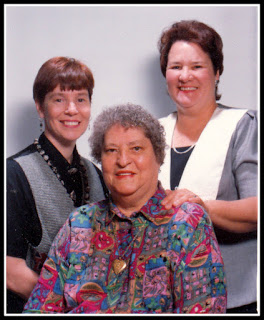
On this September, 1994 morning flight from Pennsylvania to South Carolina I gaze out toward a new chapter. Soon I’ll reunite with the woman who gave me life. On the down escalator, I spot my welcoming party. Karen, my half-sister, waves and calls to me in the drawl now familiar from our calls since my year-long search bore fruit.
*
“Momma, a lady called from up north. She said she might be your daughter,” Karen coaxed. “Not true!” But she yielded. Yes, she had given birth to a girl in St. Francis Hospital when Karen was two. She thought the nuns would take good care of the baby; find her a home.
*
I step off the escalator to broad smiles and greetings. My young adult daughter is the only genetic tie known to me prior to this search and reunion. I’ve pondered her thoughts on family–no one is more important to you than those who stand beside you, no matter what. A sense of unreality floods me, as I embark on the next stage of this journey to cultivate kinship.
Karen introduces her beautiful daughter, Barbara; Josh, her burly middle-schooler, and Daniel, her handsome elder son. I’m relieved and grateful for their warm hugs of acceptance. “This is Momma, Leila Grace.” Standing proud, she refused to greet me from her wheelchair. She’s smiling, this large woman, and Karen has looped her left arm under Momma’s right elbow to support her.
Leila. I learned her name this summer, and could never conjure her face. I heard her gospel songs from within her womb, heard her speak, her inflections. I felt her
laughter and heard her cry, maybe felt her tentative touch before I was swaddled and taken away by the sister. Maybe she held me briefly. Her face reveals the sadness of years. Moist, puffy eyes, face flushed with unknowable emotion. Flood of recollection or regret? Or pang of pride, or guilt, confusion, or the anxiety I’ve inherited? I take charge of my feelings, and wrap my arms around her. “Hello, Momma! So good to see you!” She yields to my embrace–a murmur, perhaps meant for the gods—is she hurting or happy? What will this reunion bring to either of us? Has she dared dream the infant she left in the hospital would be happy and well, and would return to her one day?
At Karen’s double-wide trailer home, our family celebration continues. Can it be we haven’t yet spent a couple of hours together? Momma rests in the recliner. Her legs elevated, I see her left prosthesis below her pastel polyester pants. On her right upper arm is an angry scar from the dialysis shunt she’s had in place since she returned from Texas. Her short salt and pepper hair is tightly permed, but she’s more relaxed now, and chatters in a faint, high voice. Karen serves dinner at the kitchen table: fried chicken, biscuits and gravy, green beans and sweet tea. We peruse photos, many of Karen’s children, and only a few of Momma in her twenties and thirties. Karen wasn’t raised by Leila, either. She abandoned her to her parents and a difficult life. Another girl born to Leila, and raised by her, died at sixteen in a drowning accident. No mention of my father—maybe she’d recognize him in me—I hope there’s a secret photo stashed away.
*
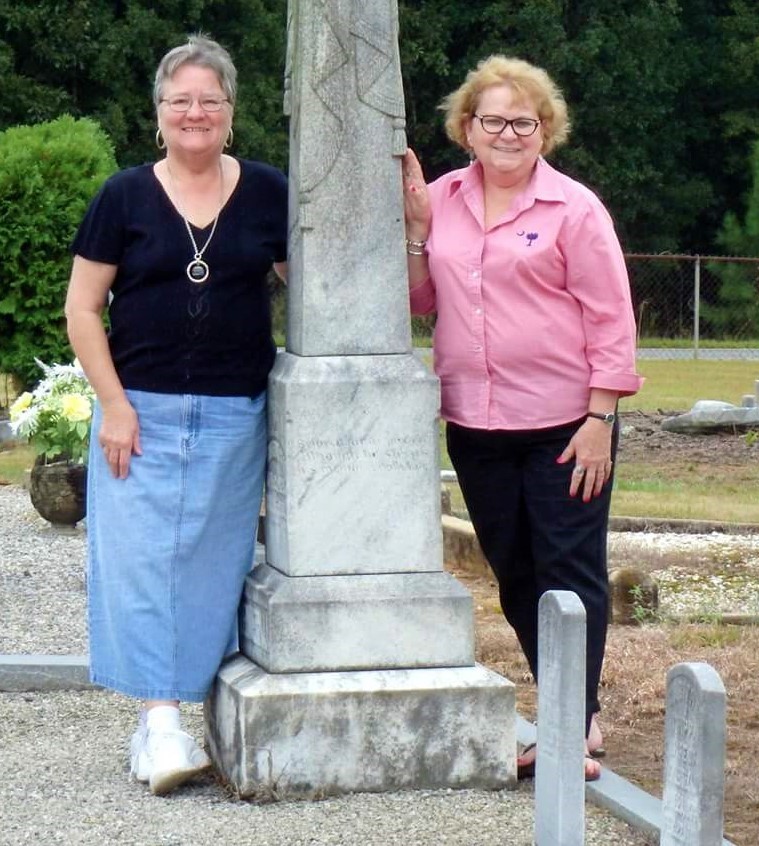 The rented house in Texas had been neglected–diabetic needles, clothes, food and trash all around–when Karen arrived, summoned by the rehab hospital. Leila’s husband of thirty-two years had been dead for over a year when she was admitted for a foot infection that cost her a leg. Karen brought Leila back to South Carolina, and tried to make her comfortable in her small home. But Leila was ill-tempered with the boys, whom she had never met. Karen moved Momma to a State-managed senior-living apartment with basic possessions and minimal housekeeping skills. But for Karen’s kindness, we would not have connected.
The rented house in Texas had been neglected–diabetic needles, clothes, food and trash all around–when Karen arrived, summoned by the rehab hospital. Leila’s husband of thirty-two years had been dead for over a year when she was admitted for a foot infection that cost her a leg. Karen brought Leila back to South Carolina, and tried to make her comfortable in her small home. But Leila was ill-tempered with the boys, whom she had never met. Karen moved Momma to a State-managed senior-living apartment with basic possessions and minimal housekeeping skills. But for Karen’s kindness, we would not have connected.
*
Karen told me Momma would stare at daytime shows that featured adoption reunions, promoted by private investigators and TV producers. She fixated on birth mothers who emerged from behind the curtain in tears to hug their long ago relinquished sons or daughters on the studio stage. She never let Karen in on her secrets. It was left to fate that a twenty-six year old Leila would ever see her child again.
*
I returned to Greenville six times to visit, while Momma’s health continued to worsen. She died at sixty-nine, two years older than myself at this writing, and left behind her regrets and foggy memories. We two sisters were among the few at her funeral, a year after we reunited. Karen and I continued to be curious about more kin, but I focused on a DNA search for my father. Ancestral searches had become a successful tool for adoptees.
Valentine’s Day, 2015, Karen and I stumbled across a South Carolina internet message board post from 2007 by a woman searching for her mother, Leila Grace Cox. She had been abandoned to the care of her father and grandparents in Charleston when she was six weeks old, in 1954. If only Leila had been able to tell us, we would have located Lottie while our mother was alive.
Deep wounds of separation might have calloused over, but longing and fate intervened. She never learned to give, and lost more than she could bear. But, we sisters believed it possible to find Leila.
About the Author: Mary Ellen Gambutti

Mary Ellen writes about her life as an Air Force daughter, search and reunion with her birth family, gardening career, and survival of a stroke at mid-life. Her stories appear or are forthcoming in Gravel Magazine, Wildflower Muse, The Remembered Arts Journal, The Vignette Review, Modern Creative Life, Thousand and One Stories, Halcyon Days, Nature Writing, Post Card Shorts, Memoir Magazine, Haibun Today, Borrowed Solace, Book Ends Review, Storyland Literary Review, and SoftCartel Magazine. Her chapbook is Stroke Story, My Journey There and Back. https://ibisandhibiscusmelwrites.blogspot.com/
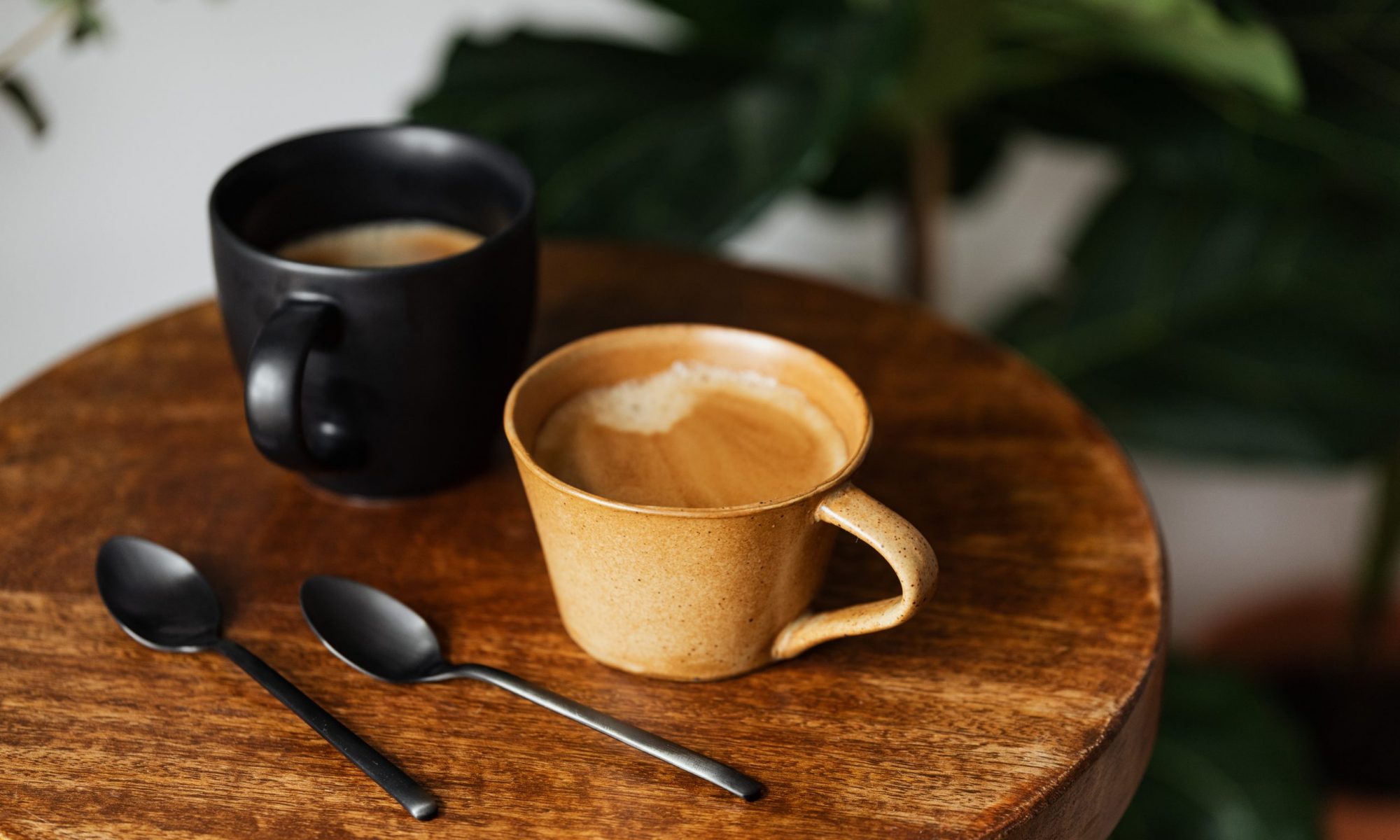
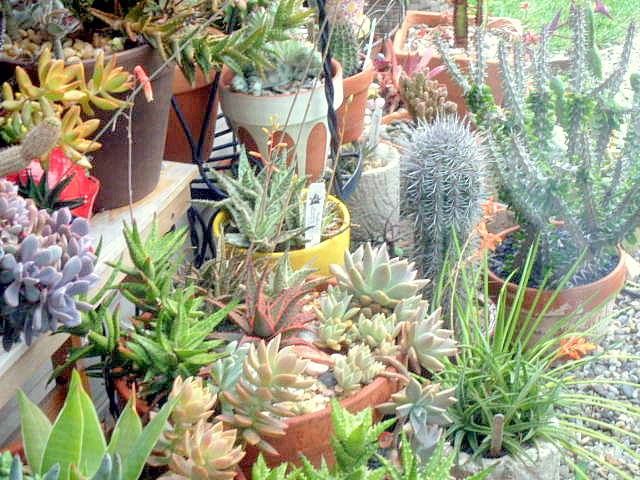
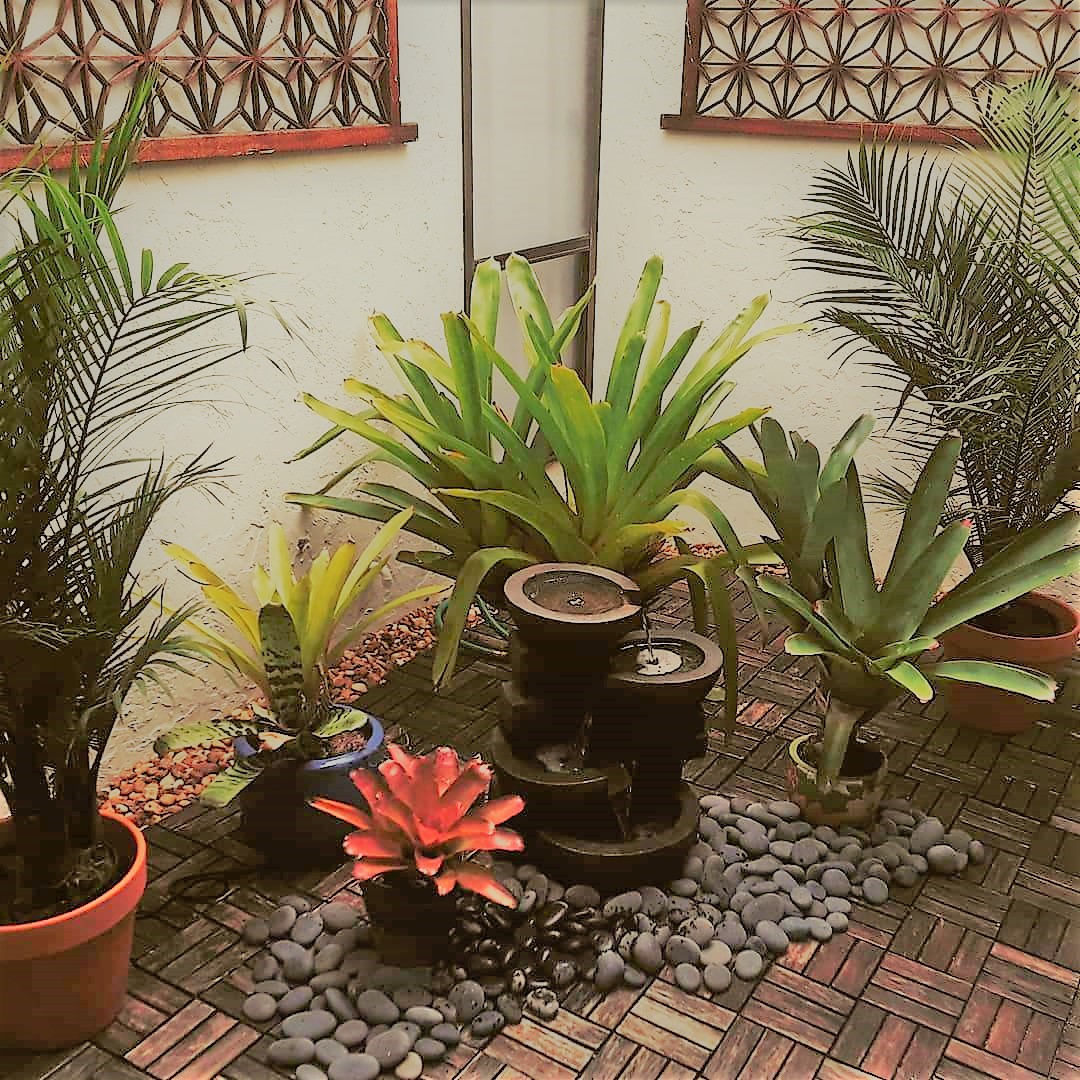
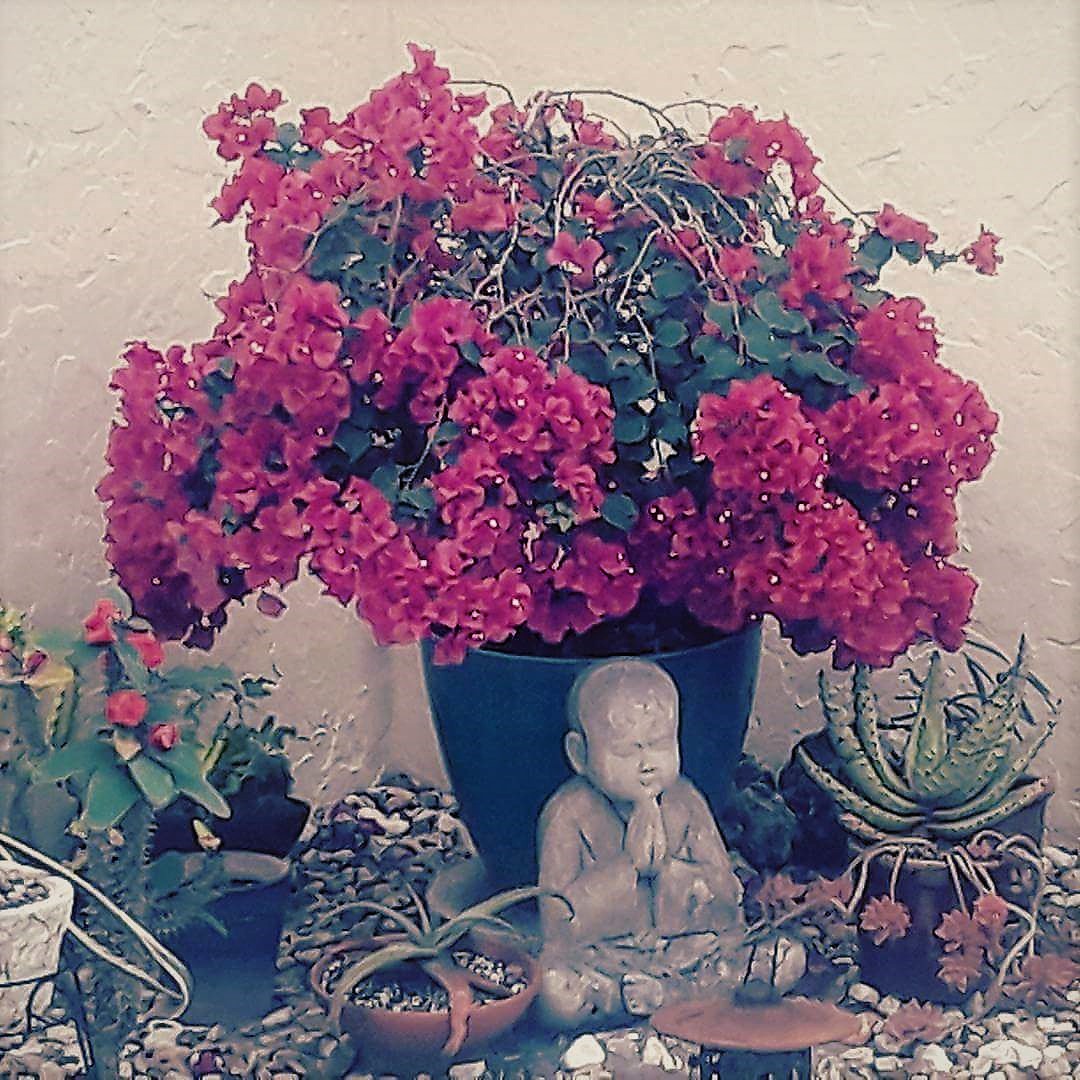





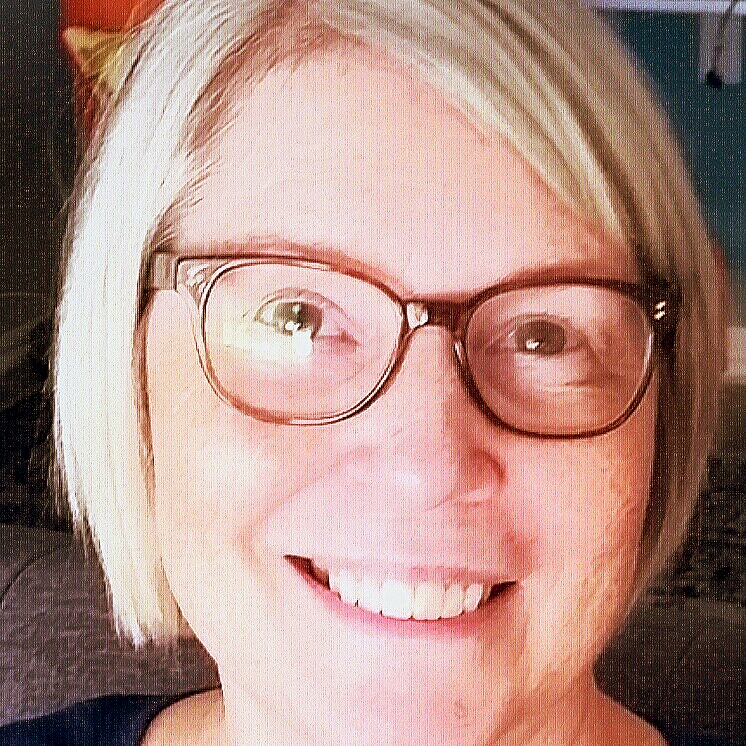 Mary Ellen writes about her life as an Air Force daughter, her reunion with birth family, gardening career, and survival of brain hemorrhage at mid-life. Her work has appeared or is forthcoming in Gravel Magazine, Wildflower Muse, The Remembered Arts Journal, The Vignette Review and Halcyon Days. She resides in Sarasota, FL with Phil, her husband, and their rescued Schnoodle, Finnegan.
Mary Ellen writes about her life as an Air Force daughter, her reunion with birth family, gardening career, and survival of brain hemorrhage at mid-life. Her work has appeared or is forthcoming in Gravel Magazine, Wildflower Muse, The Remembered Arts Journal, The Vignette Review and Halcyon Days. She resides in Sarasota, FL with Phil, her husband, and their rescued Schnoodle, Finnegan.